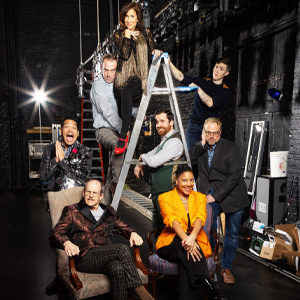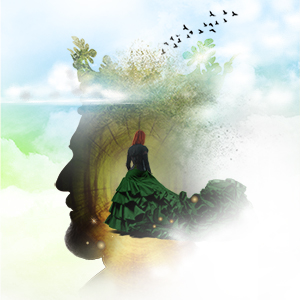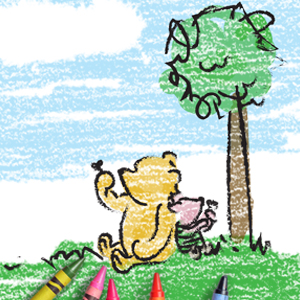By Patrick Mulcahy
This play has been described as a love letter to the theatre. It takes us onstage, backstage, and into the hearts, minds, foibles, and fancies of those who aspire to create this rough magic. In a fanciful way, it allows us to move up close to a young Will Shakespeare, gifted but floundering, as well as his other now-famous collaborators, patrons, rivals and players, along with a few imagined characters.
The play is a what-if riff on Shakespeare, the Elizabethan theatre, and the spark that gave us the Bard’s great tragedy of young love. Through its whimsy and invention, we glimpse truths about the theatre, about poetry, and why they matter to us. As Aristotle noted, “poetry expresses the universal, and history only the particular.”
When the Academy Award-winning film Shakespeare in Love opened 20 years ago, I thought it was heaven-sent, and so did all my friends in the theatre. It was also wildly popular, though, beyond just Shakespeare geeks and theatre lovers, creating an intersection between this cultural subset and the broader culture. While an audience member may laugh at a few more of the jokes if she knows her Shakespeare or has ever survived the process of making theatre, the story’s cleverness, invention, historical context, and romance are entrancing for all.
The great contemporary playwright Tom Stoppard is one of its creators, and the play is having its own moment in the sun as the most produced play in the nation this year at professional theatres. No surprise as the play is all the more refreshing by virtue of being live (especially the scenes with the dog).
Twenty-five years ago, I wrote my MFA thesis on Mr. Stoppard while directing a young Vera Farmiga in his Tony Award-winning play The Real Thing.
Stoppard is often described as a postmodern playwright. While the term defies clear-cut definition, postmodern plays often use history and theatre history as spare parts to create a new art object and tend toward a meta-theatricality, a self-referential relationship to the art and craft of theatre itself.
Both The Real Thing and Shakespeare in Love make clever use of the play-within-a-play device, as does Stoppard’s Rosencrantz and Guildenstern are Dead, though the latter is more of a play-beside-a-play that tracks what might be happening to Rosencrantz and Guildenstern in between their onstage scenes in Hamlet.
Each play features an insider’s perspective on the theatre, a kind of backstage tour that provides intriguing insights into the workings, characters, dynamics, and idiosyncrasies of this wild and wondrous art form. These devices, as interesting and entertaining as they are, serve as a gateway for deeper insights. They become the delivery mechanism of perspectives on dynamics in human experience, such as the illusions we create in life—individually and collectively—to bring meaning into view. In life, we tell stories and sometimes ask others and ourselves to believe them or to believe in something about them, not unlike what happens in the theatre.
On the surface, Shakespeare in Love is mostly a bit of fun with a real live dog, an imagined love story about our greatest playwright and a woman who becomes his muse. It is set in the fascinating Elizabethan era that took its name from a queen who in this play describes herself as “a woman in a man’s profession.” And thus identity itself becomes terra incognita until the characters find their way to self-actualization. They may do so by pretending to be another, or of another gender, or a better version of themselves, until they can transcend their loss of inspiration to find the poetry in their lives and in themselves before life passes them by.
In the play, Shakespeare and Viola each seek this transcendence. He needs a muse, she needs a life, to have lived fully as herself. No one wants to die with the music inside of them. “I only dream of being alive,” Viola says.
As Robert Frost said, poetry is a way of “remembering that which it would impoverish us to forget,” and Viola finds her poetry in the playhouse. We hope you will too when you join us for Shakespeare in Love.
As an audience, you walk into a theatre space, the lights go down, actors and other artists create an arresting illusion right there in the same space with you, breathing the same air. Rough magic. How does it all work? I don’t know. It’s a mystery.
Patrick Mulcahy returns to the director’s chair with Shakespeare in Love.












